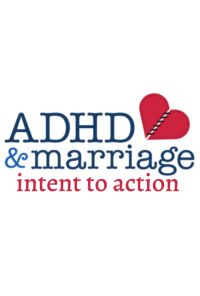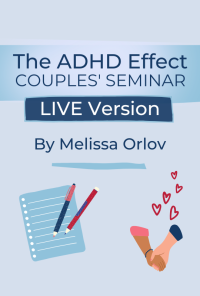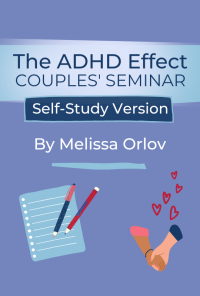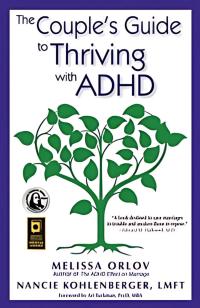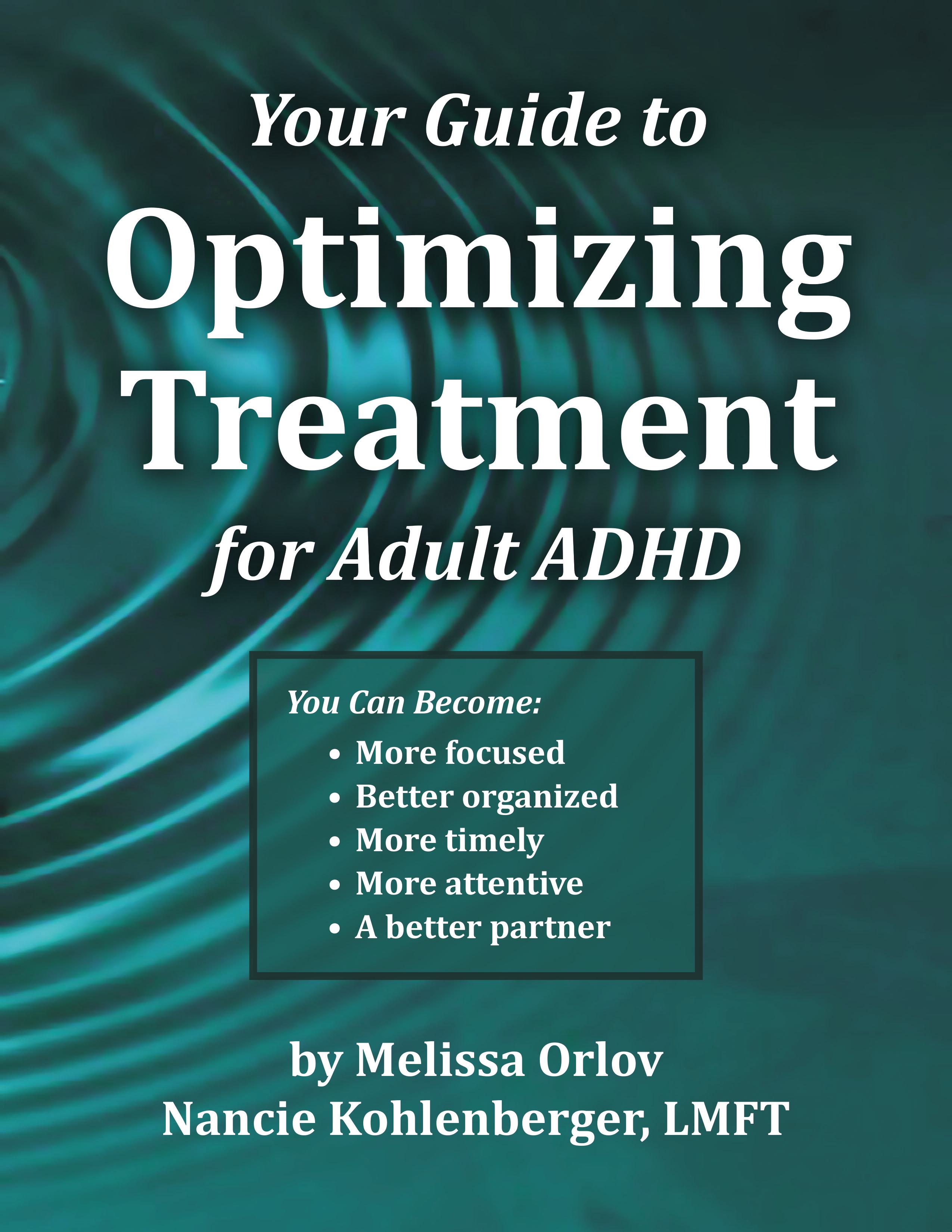I was asked recently about why I always use the term ‘ADHD’ when talking about any type of ADHD. Many remember the older term, ‘ADD’, and either use it interchangeably with ADHD or use it to describe the distractible version of ADHD. However, ADD is an outdated term and is no longer a medical diagnosis. Now there is just ADHD, with three subtypes..
Predominantly Inattentive Type ADHD (formerly ADD) does not present in the same way as the other two types of ADHD, known as Predominantly Hyperactive-Impulsive Type ADHD and Combined Type ADHD.
The difference in symptoms between what used to be called ADD and ADHD mostly stem from the fact that people with ‘ADD’ often lack the hyperactivity component of ADHD. Those with primarily inattentive ADHD can be forgetful, thought to be daydreamers or struggle to follow directions. They are easily distracted, and have trouble staying on task because of that distraction. As for those with the other two subtypes of ADHD, they are more likely to be impulsive, fidgety and struggle to wait their turn.
A closer look at the three types of ADHD:
Primarily Inattentive ADHD (Formerly ADD)
- Often resembles a mood disorder in adults, while it’s seen as spacey, apathetic behavior in children
- Some symptoms include: difficulty sustaining attention, doesn’t listen, easily distracted, forgetful
Hyperactive-Impulsive ADHD
- Often resembles the most stereotypical symptoms of ADHD like bouncing off the walls, interrupting and constantly fidgeting
- Some symptoms include: excessive talking, running and climbing, interrupts others, difficulty waiting their turn
Combined Type ADHD
- Occurs when you have 6 or more symptoms each of inattentive and hyperactive-impulsive ADHD
Gender considerations
ADHD isn’t gender-biased, but it can go undiagnosed in girls. More women and girls have Inattentive ADHD than have Hyperactive-Impulsive ADHD. And at least in childhood, this means that more girls will go undiagnosed than boys, since the hyperactivity component of ADHD, when present, is so obvious, particularly in the classroom.
As boys get older, some lose the hyperactive symptoms of their ADHD. Further, distraction and difficulty organizing can become bigger factors for them as they move into adult responsibilities.
This information is adapted from an article in ADDitude Magazine. For the complete article, and more information about the specific symptoms of ADHD, go to this link.
- MelissaOrlov's blog
- Log in or register to post comments

